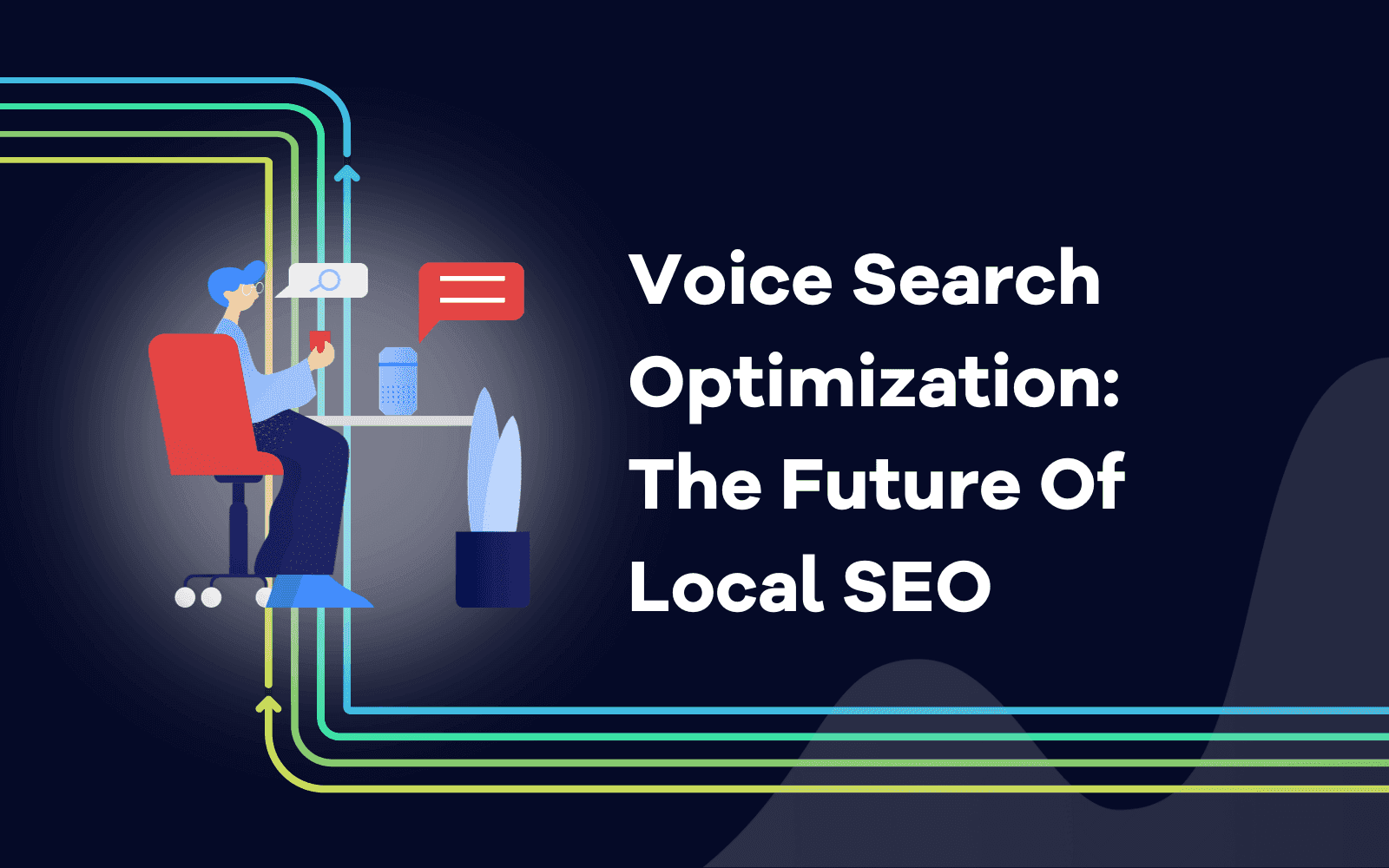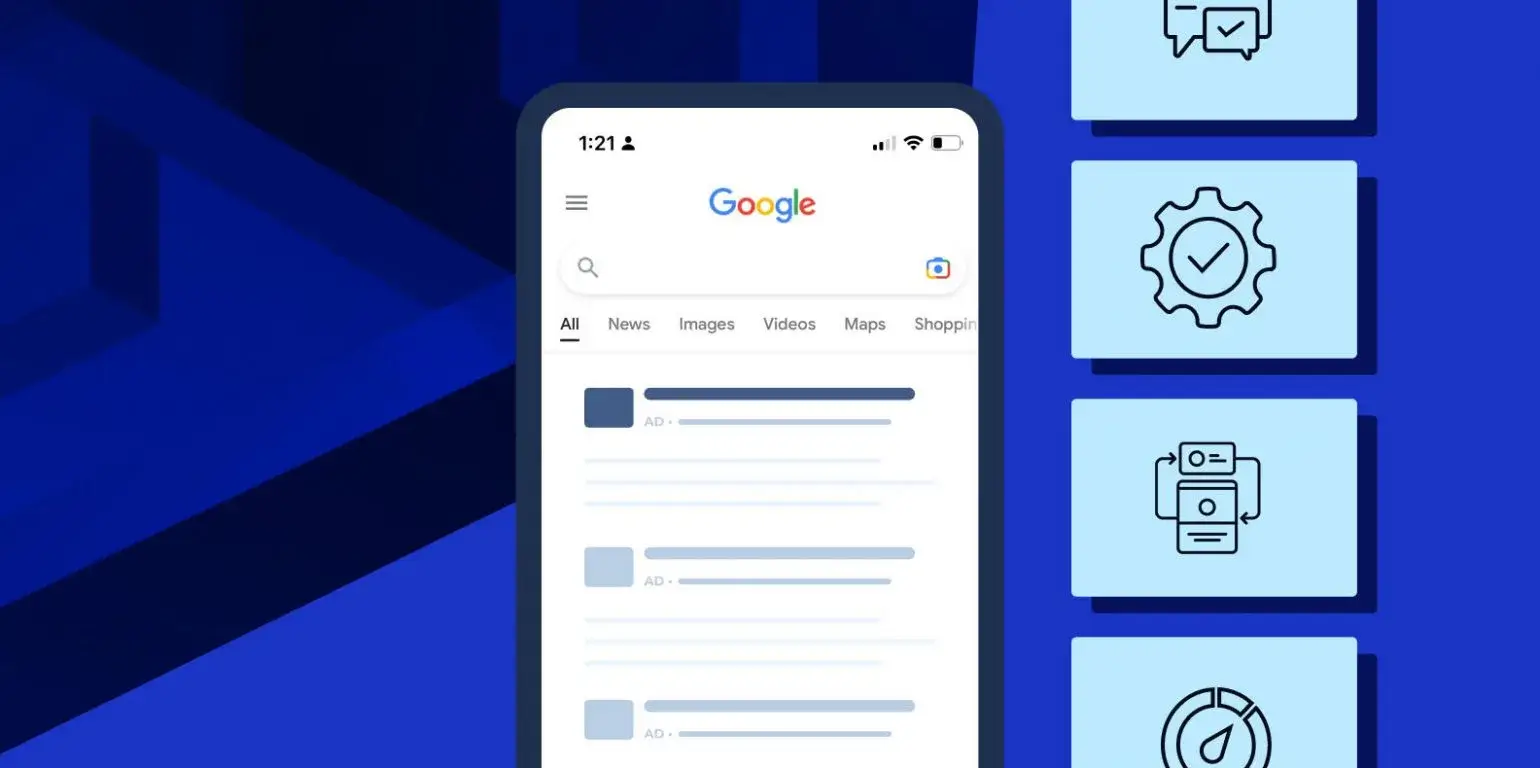
Incorporating Local Elements in Design for Enhanced Geo SEO
Local design elements can significantly boost your Geo SEO by enhancing local branding and making your website more relevant to regional audiences. This guide explores strategies to integrate regional design into your website to improve local search rankings and user engagement.
Introduction
Integrating local design elements into your website is an effective way to enhance Geo SEO. By reflecting the culture, preferences, and unique characteristics of your local area in your design, you can build stronger connections with local audiences and improve your search engine visibility. This article outlines key strategies for incorporating local elements into your website design for better local branding and SEO.
Why Local Design Elements Matter for Geo SEO
1. Increased Relevance
Local design elements make your website more relevant to users in a specific geographic area. Search engines favor content that is highly relevant to local queries, improving your Geo SEO.
2. Enhanced User Experience
Tailoring your website design to reflect local preferences can enhance the user experience, leading to higher engagement and lower bounce rates.
3. Stronger Local Branding
Incorporating regional design elements strengthens your local branding, making your business more
recognizable and relatable to local customers.
Key Strategies for Incorporating Local Design Elements
1. Use Local Imagery
Incorporate high-quality images of local landmarks, events, and cultural icons. This not only enhances the visual appeal of your website but also makes it more relatable to local visitors.
Action:
Use professional photos of local landmarks, popular spots, and events.
Ensure images are optimized for web use with appropriate alt text.
2. Reflect Local Culture
Design elements such as color schemes, fonts, and graphics can reflect the local culture and aesthetics, creating a more immersive experience for local users.
Action:
Research local cultural symbols, color meanings, and design preferences.
Integrate these elements into your website’s design and layout.
3. Highlight Local Content
Create content that is specifically relevant to your local audience. This includes blog posts about local events, news, and community stories.
Action:
Write articles about local events, news, and topics of interest to your audience.
Use local keywords naturally within your content to improve SEO.
4. Include Local Testimonials and Reviews
Featuring testimonials and reviews from local customers builds trust and shows that your business is well regarded in the community.
Action:
Collect and display testimonials from satisfied local customers.
Highlight positive reviews from local review platforms like Yelp and Google My Business.
5. Implement Localized Call-to-Actions
Use call-to-actions that resonate with local users, encouraging them to engage with your business.
Action:
Customize call-to-actions to reflect local interests and events (e.g., “Join us at the [Local Event]”).
Use language and phrasing that is familiar to the local audience.
Enhancing Geo SEO with Regional Design
1. Optimize for Local Keywords
Incorporate local keywords into your website’s meta tags, headers, and content. This helps search engines understand your relevance to local searches.
Action:
Conduct keyword research to identify popular local search terms.
Use these keywords in your title tags, meta descriptions, and throughout your content.
2. Utilize Local Schema Markup
Schema markup helps search engines understand the context of your content. Using local schema markup can enhance your visibility in local search results.
Action:
Implement local business schema to provide detailed information about your business location and services.
Use structured data to mark up local events, reviews, and offers.
3. Create Location-Specific Landing Pages
If your business serves multiple locations, create dedicated landing pages for each area. This improves your relevance for local searches and helps you rank higher in different regions.
Action:
Develop unique content for each location-specific landing page.
Optimize each page with local keywords and relevant information about the area.
Measuring the Impact of Local Design Elements on Geo SEO
1. Track Local Traffic
Monitor the amount of traffic coming from your target geographic area to evaluate the effectiveness of your local design elements.
Action:
Use Google Analytics to track traffic by location.
Analyze trends and identify which design elements are driving local engagement.
2. Monitor Local Search Rankings
Track your search engine rankings for local keywords to see how your regional design efforts impact your visibility.
Action:
Use tools like Google Search Console and SEMrush to monitor local keyword rankings.
Adjust your design and content strategy based on performance data.
3. Evaluate User Engagement
Assess metrics such as bounce rate, time on site, and pages per session to gauge how local users interact with your site.
Action:
Compare engagement metrics for local users with those from other regions.
Implement changes based on user feedback and behavior.
Conclusion
Incorporating local design elements into your website is a powerful strategy for enhancing Geo SEO and building a strong local brand identity. By reflecting the unique characteristics and preferences of your local area, you can improve user engagement, increase local traffic, and boost your search engine rankings.
Get In Touch


